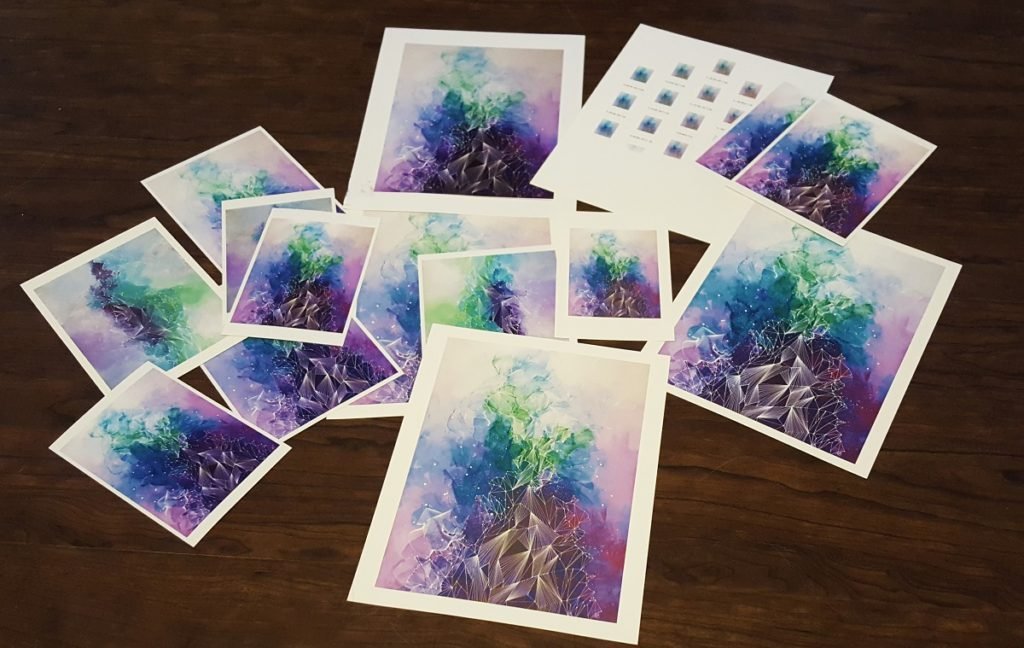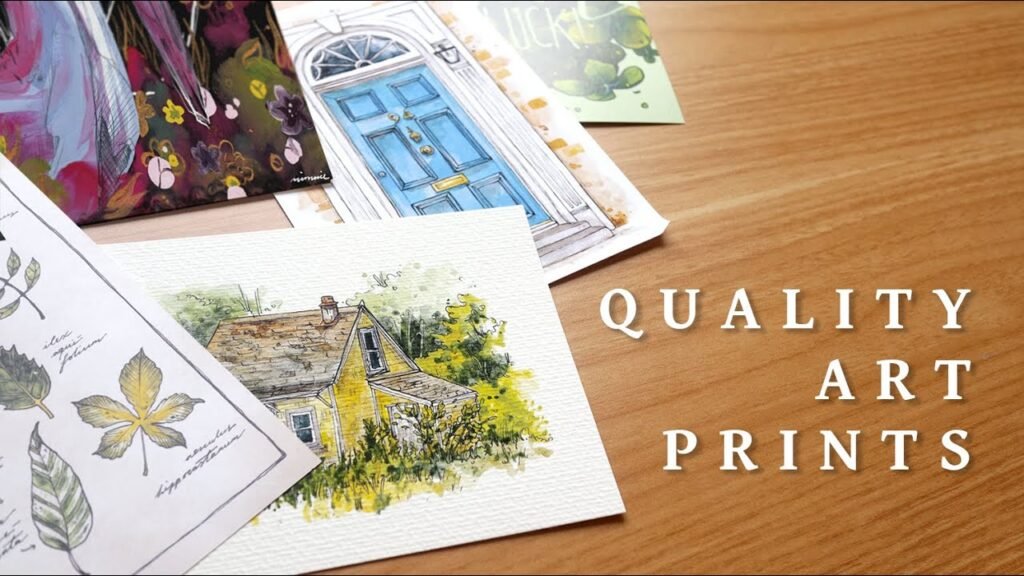Art prints are a fantastic way to bring creativity and beauty into your space without the high cost of original artworks. However, not all prints are created equal. Knowing how to identify a quality art print ensures that you get a piece that stands the test of time and enhances your collection.
Here’s a guide to help you recognize the hallmarks of a well-crafted art print.
1. Understand the Types of Art Prints
Before assessing quality, familiarize yourself with the different types of art prints:
- Fine Art Prints: Often produced using high-quality techniques like giclée or lithography, these prints are closest to the original artwork.
- Open Edition Prints: Unlimited copies of an artwork, typically more affordable but less exclusive.
- Limited Edition Prints: A set number of prints, often signed and numbered by the artist, making them more valuable and collectible.
- Poster Prints: Typically mass-produced with lower-quality materials and inks, suitable for casual decor.
2. Check the Printing Technique
The method used to create the print greatly affects its quality:
- Giclée Prints: Produced with high-resolution inkjet printers and archival-quality inks, these prints offer excellent color accuracy and longevity.
- Screen Printing: Popular for its vibrant colors and durability, especially in Pop Art and graphic designs.
- Lithography: Uses a printing plate to transfer the image, resulting in smooth, detailed finishes.
Look for details on the printing technique in the product description or certificate of authenticity.
3. Examine the Paper Quality
High-quality prints use durable, acid-free paper to prevent yellowing and deterioration over time. Common options include:
- Archival Paper: Designed to last for decades without fading or damage.
- Cotton Rag Paper: Known for its texture and premium feel, often used for fine art prints.
- Textured Papers: Add depth and character, ideal for reproducing traditional artworks.
Avoid prints on thin, glossy paper unless it suits the artwork’s intended style.
4. Evaluate Color Accuracy
Quality art prints should replicate the original artwork’s colors as closely as possible.
- Rich and Vibrant Hues: Look for prints with deep, consistent colors that don’t appear washed out or overly saturated.
- Gradation and Detail: Ensure smooth transitions in gradients and fine details, especially in complex pieces.
- Lightfastness: The inks used should resist fading when exposed to light over time.

5. Inspect the Finish
The finish of the print can enhance its aesthetic and durability:
- Matte Finish: Reduces glare and works well for detailed or muted artworks.
- Glossy Finish: Provides a polished, vibrant look but may reflect light.
- UV Coatings: Protect the print from fading and scratches, ensuring longevity.
6. Look for Artist Signatures and Edition Numbers
Limited edition prints often come with the artist’s signature and a numbered label (e.g., 5/100), indicating its uniqueness and authenticity. These elements can significantly increase the print’s value.
7. Verify the Source
Buy prints from reputable galleries, artist studios, or online platforms known for their authenticity and quality. Be cautious of overly discounted or mass-produced prints that lack detailed descriptions or provenance.
8. Consider the Frame and Presentation
A well-framed print can enhance its appearance and protect it from damage:
- Acid-Free Matting: Prevents discoloration of the print.
- UV-Resistant Glass: Shields the artwork from harmful light.
- Sturdy Frames: Ensure durability and complement the print’s style.
If purchasing an unframed print, store it carefully until you can frame it professionally.
9. Understand Pricing
While price isn’t always a definitive indicator of quality, extremely low prices can signal poor materials or unauthorized reproductions. Research comparable prints and understand the factors influencing pricing, such as size, edition, and artist reputation.
10. Read Reviews and Ask Questions
If buying online, read customer reviews and check for detailed descriptions of the print. Don’t hesitate to ask the seller about the materials, printing technique, or care instructions.
Conclusion
Spotting a quality art print requires attention to detail and a bit of research. By understanding the printing process, evaluating materials, and verifying authenticity, you can confidently invest in prints that enhance your space and hold value over time.

